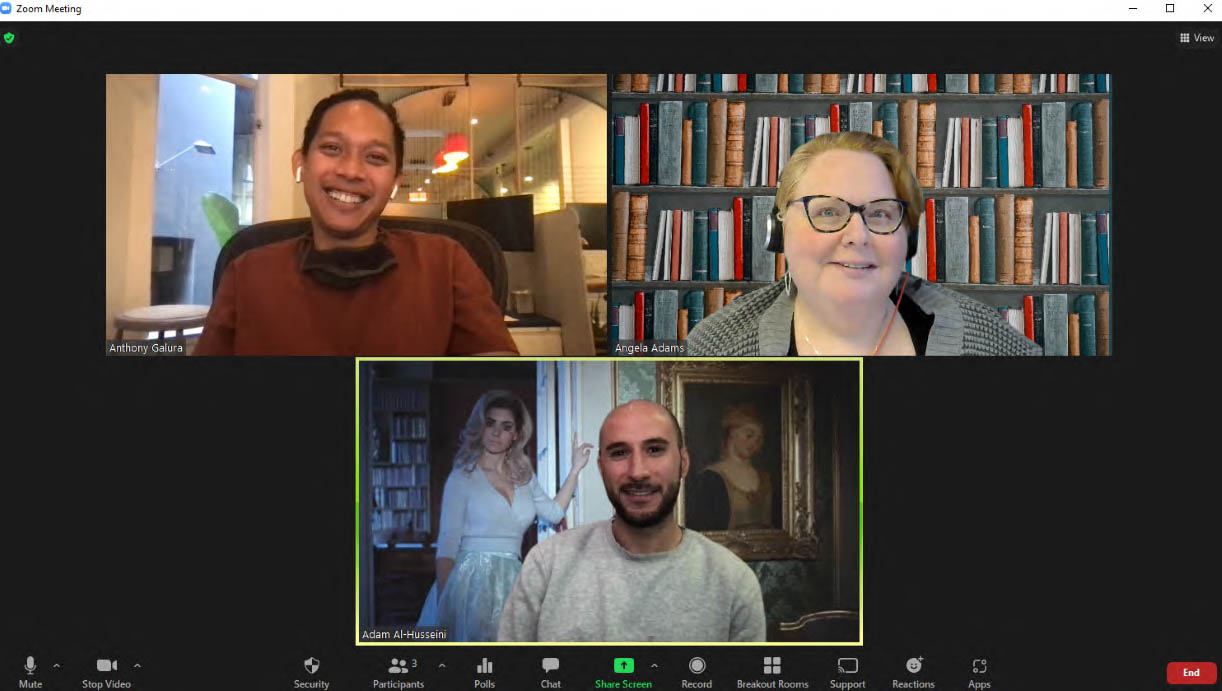
The unprecedented circumstances of COVID-19 have required businesses like yours to be nimble and adaptable-- and to enable your staff to succeed in working together, while apart. As a result, many companies have fast-tracked adoption of tools like Slack and Miro with the intent of increasing collaboration.
Yet, collaboration, like digital transformation, requires more than just implementing new technology and hoping for the best. If you’re wondering how to increase collaboration on your development team, you’ve come to the right place! Read on for a few key principles to increasing collaboration on teams.
Build a diverse team. Be intentional about bringing together folks from diverse backgrounds. Studies indicate that having a broader diversity of perspectives will lead to increased innovation and creativity. And the opposite is true as well: collaborative environments are found to foster further diversity and inclusion. Employees stick around places where they feel they are heard, their contributions are valued, and that they belong.
Align with leadership and business objectives. Collaborative product development teams can be challenging for Project Leads to manage. The most successful Project Leads will be able to build a collaborative team and maintain alignment with executive leadership. They keep the “why” in focus, prioritizing backlog items and making decisions informed by the business objectives. We’ve found this to be more art than science-- an art our Project Leads are incredibly gifted at. That’s the reason why companies with truly stellar engineers pick us to lead their product development teams.
Set clear expectations. Once you’ve assembled a team, set the expectations for how you’ll work together. Knowing what to expect helps you create a high-performing team. For example, our Project Leads set the expectation that everyone is fully present for meetings. Some disruptions can’t be avoided, but Project Leads expect their team to commit to giving undivided attention to the person who is speaking or sharing their work product. They’ll want to get the same respect and attention from others when it’s their time to share.
Contribute generously. A collaborative team is one where everyone contributes. Contributions include sharing a work product, opinion, or idea and generously sharing feedback with someone else. When giving feedback, we’ve found the more specific the feedback can be, the more helpful it is. Next time it’s your turn to give feedback, go beyond a generic “good job”. PRO TIP: If a situation arises when you need additional staff, being a collaborative team will allow the new resources to plug in quickly and find less resistance to feedback and change.
Work together. Collaboration requires, well, actually working together. Individual collaborators working in isolation and waiting to seek feedback until they are nearly done with a task is not collaboration. Neither is reaching out only if there’s a problem. Ask your team members to share what they’ve been working on early and often, workshopping their ideas and incorporating feedback from the team accordingly. Your final product will be all the better for it and you’ll strengthen the team as you go.
Get curious. Collaboration requires trust and mutual respect, which takes time to build. Get curious about who your teammates are and what motivates them. What type of work do they enjoy? What parts of the project are most challenging for them? Is there a new technology or technique they hope to learn? What are they most excited about contributing? Getting to know your team will foster collaboration and strengthen the team. Of course, conflict will arise, but under an experienced Project Lead or Scrum master, conflict can become a powerful opportunity for collaboration, too.
Following the principles above will help you foster collaboration on your team. At the same time, every business is different, so if you’d like a conversation partner to discuss how to increase collaboration on your team, schedule a time to chat with us. We’re here when you’re ready.